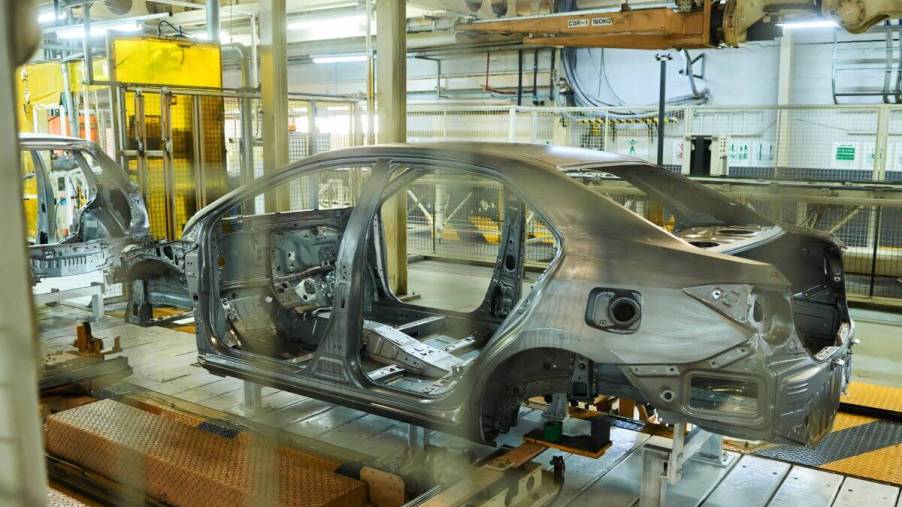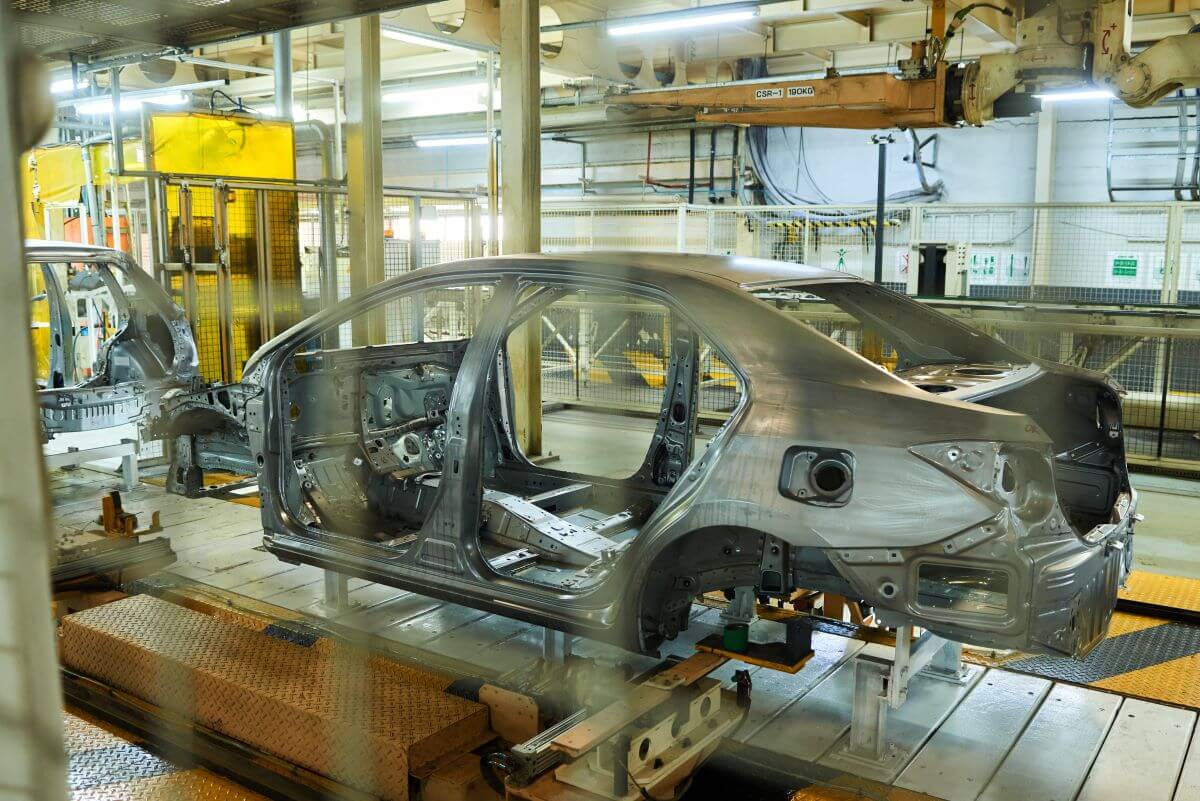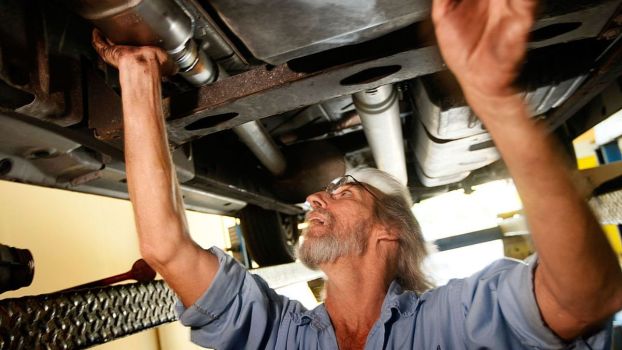
What’s the Difference Between a Chassis and Suspension?
In the world of car parts and auto maintenance, some terms can be confusing and might seem to mean similar things. Two specific terms are “chassis” and “suspension.” While they are related to each other, they serve different purposes in a car. Here’s a look at how each auto part differs.
What is a suspension?
The suspension is the system that connects the wheels to the car’s frame or body. It includes a network of springs, shock absorbers, and other parts that work together to absorb the shock and vibrations from driving on uneven surfaces. J.D. Power says to think of the suspension as the carriage on which the car’s main cabin sits. The suspension system’s primary function is to ensure a smooth and comfortable ride, providing stability and control to the vehicle while protecting it from damage caused by harsh impacts.
For example, a sports car will have a suspension system optimized for high-speed handling, while an off-road vehicle will have a suspension system designed for rugged terrain.
What is a chassis?

The chassis is the vehicle’s structural frame that supports and strengthens the car’s body and other components, including the suspension system. The chassis is the backbone of the vehicle, and it’s responsible for carrying the car’s weight and distributing it evenly across the wheels. It’s also responsible for housing the engine, transmission, and other essential parts.
The chassis includes various other parts, such as the steering and braking systems, fuel tanks, and exhaust pipes. The key takeaway is that the suspension is an integral part of the chassis, but it’s not the only component that makes up the chassis.
What are other common names for a chassis?
If you’re unfamiliar with car parts, some people use the terms “chassis” and “frame” interchangeably. A car’s frame is a part of the chassis that supports the car’s body and engine. However, not all vehicles have separate frames. Some modern cars use unibody construction, where the chassis and the body form a single integrated structure. According to NAPA Know How, “Unibody-constructed vehicles use stub-frames or subframes for heavy components at the front and rear, such as the engine and transmission and front and rear suspension.
In some instances, the terms “platform” or “monocoque” are used to refer to a car’s structure.
Understanding the difference between the chassis and suspension is essential for maintaining and repairing a car. A well-maintained suspension ensures a smooth ride and prevents excessive wear and tear on the car’s tires and other components. On the other hand, a sturdy and well-built chassis provides stability and structural support to the vehicle, ensuring safe and reliable driving.
Knowing the difference between a suspension and chassis
Knowing the different terms to describe a car’s structural components can be confusing, especially for those who are not car experts. However, with a basic understanding of the functions of the suspension and chassis, it’s easier to understand the various components of a car and how they work together to create a safe and comfortable driving experience. You’ll also have a better understanding of vehicle maintenance.




